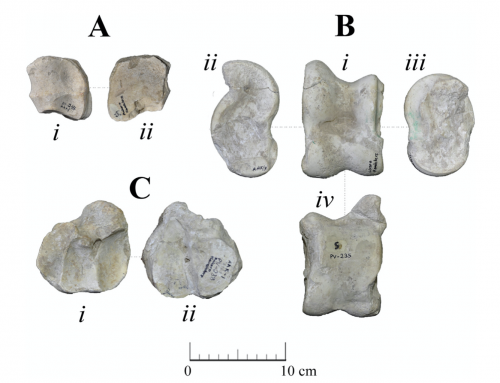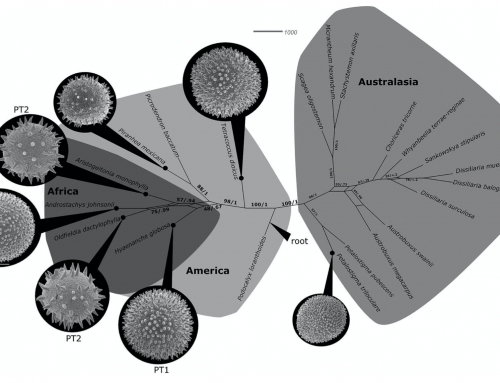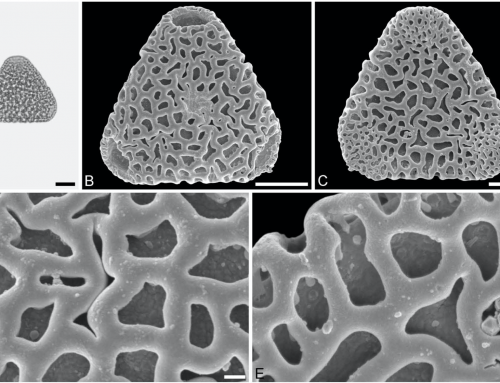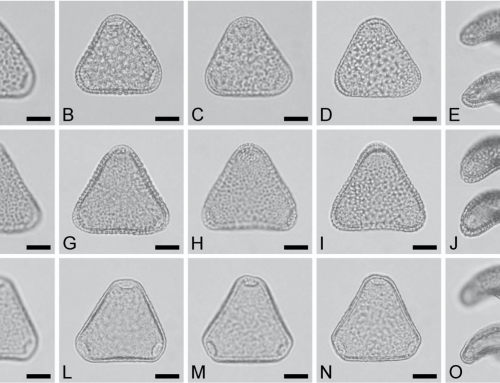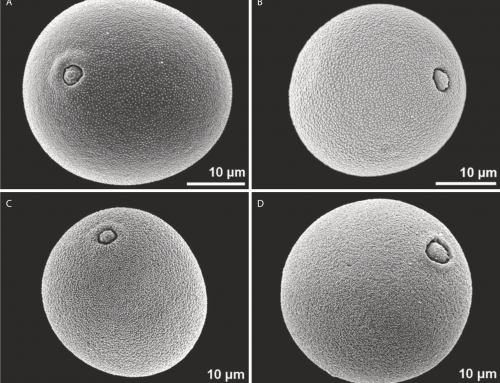Authors: Friðgeir Grímsson, Leifur A. Símonarson
Palaeontological research on the Miocene and Pliocene floras and faunas of Iceland date back to the 1770’s. At that time, plant fossils from Iceland were considered belonging to a single flora, and in the early 20th century scientist considered this flora of Eocene age. During the past few decades systematic palaeontology, palaeoclimatology, stratigraphy, and palaeogeography have been linked to results from isotopic (K/Ar and Ar/Ar) absolute age determinations and palaeomagnetic measurements of Cainozoic lavas in Iceland. As a result, numerous fossil floras and a few faunas identified from terrestrial sediments in Iceland are now known to give a contiguous record dating back 15 Ma. The oldest floras are therefore Middle Miocene in age. Younger floras are quite different from the older ones and their composition changed as the Miocene came to an end. Gradual cooling that occurred on Iceland since 12 Ma, when the climate was mild with no dry season and warm summers, and continuous isolation of Iceland, in the northern North Atlantic, had its affect on the Icelandic flora. Thermophilous plants soon became extinct and more cold tolerant species became prominent.
